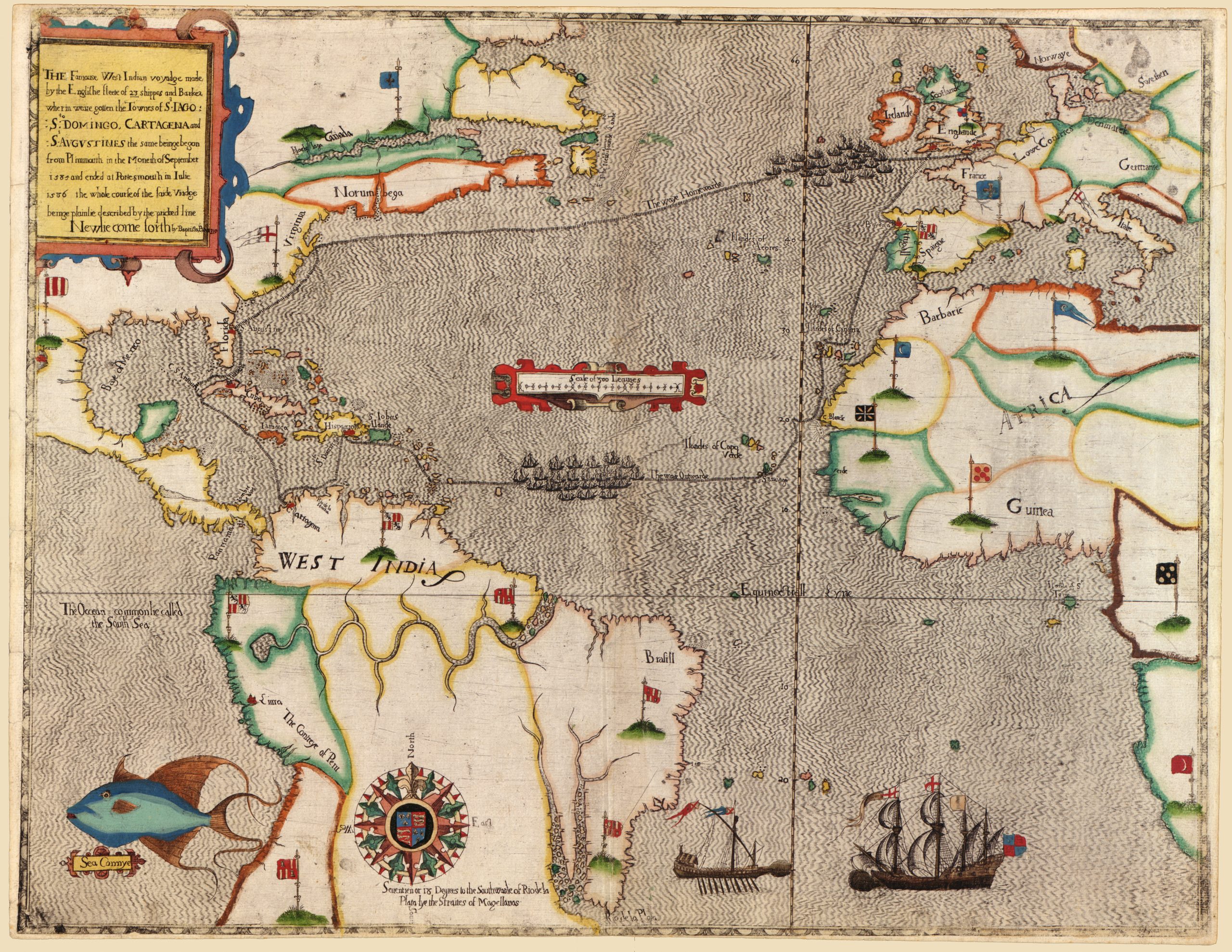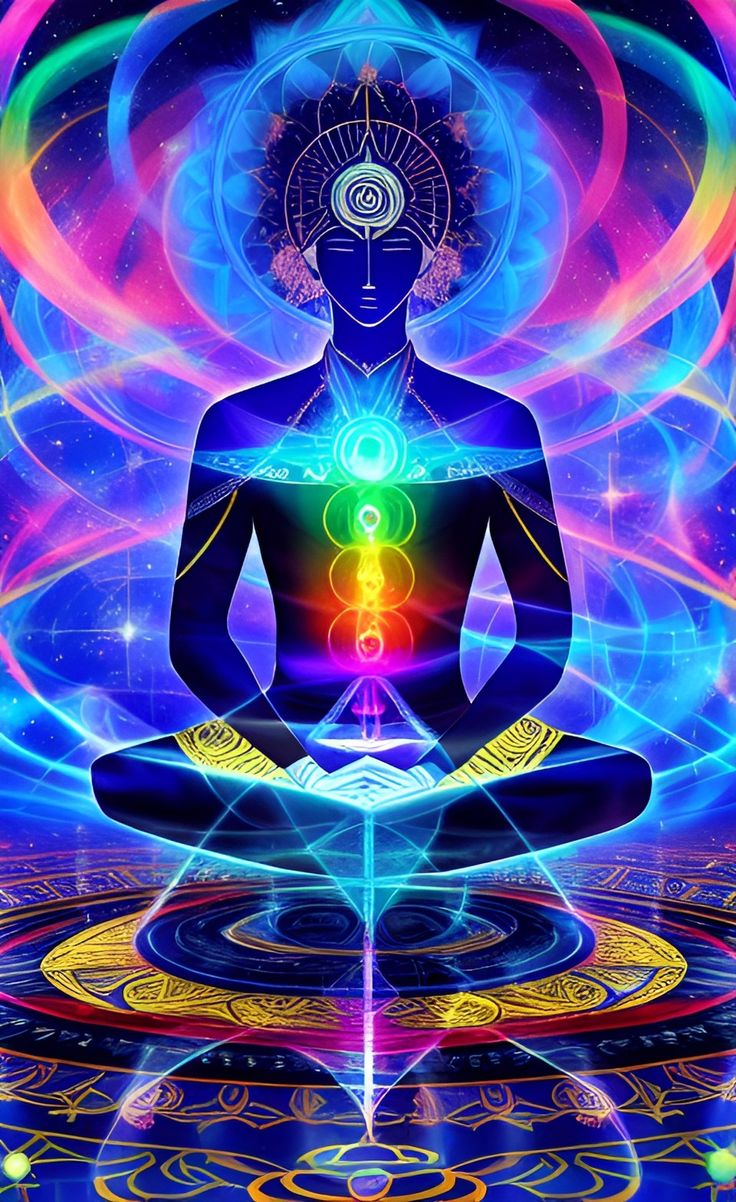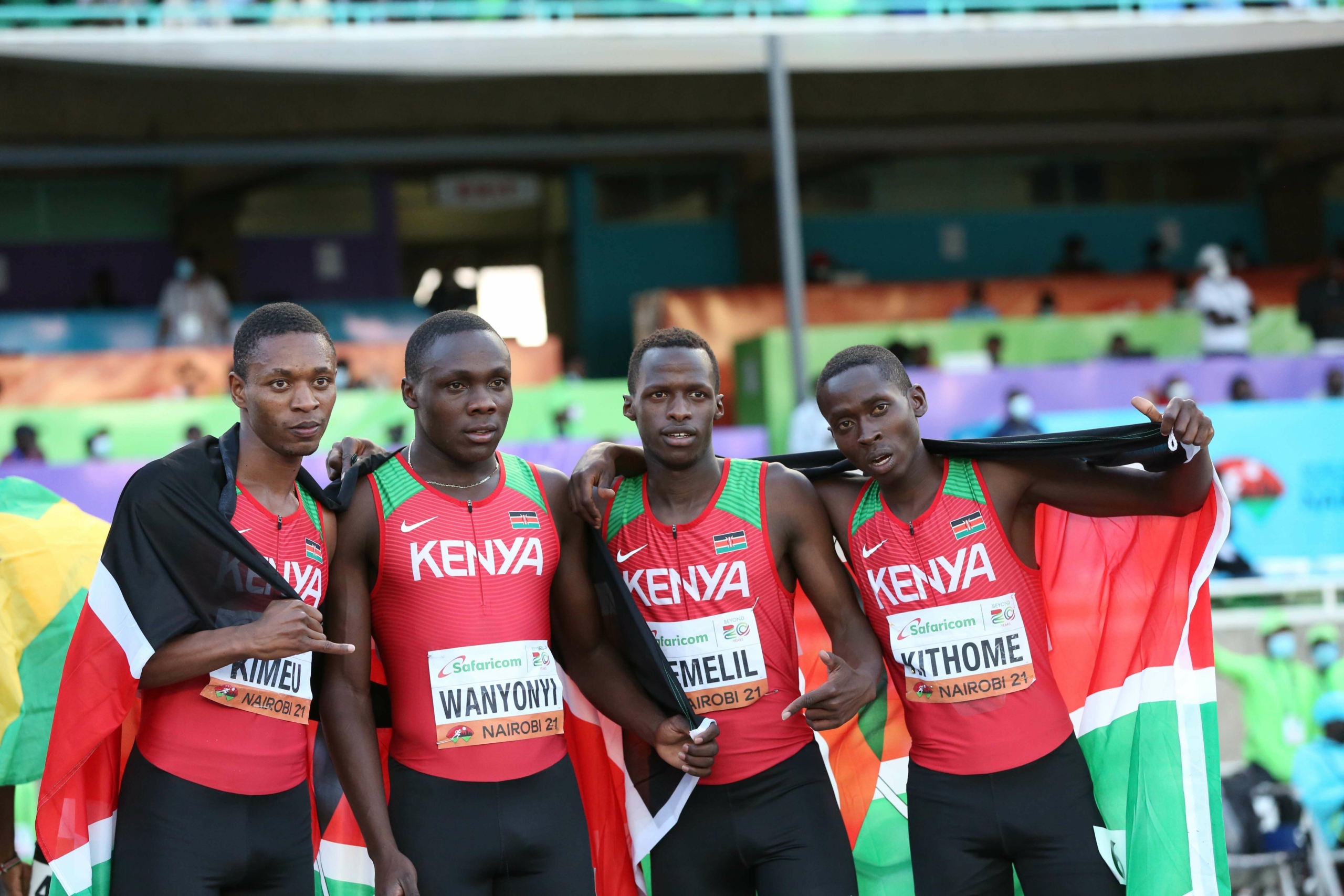Kangbashi: Designing a Ghost City Lessons from Architecture, Urban Art & Visual Identity
Kangbashi, once known worldwide as a “ghost city,” is a striking case of ambitious architectural planning colliding with human behavior. Located in Ordos, Inner Mongolia, it was built to impress and in many ways, it still does.
In this article, we explore how Kangbashi’s surreal beauty, design choices, and urban planning provide lessons and inspiration for creatives from architects and designers to photographers and visual storytellers.
Ambition in Urban Design
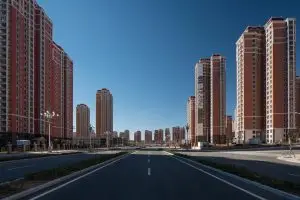
Kangbashi was conceived in the early 2000s as a model futuristic city. Billions of dollars were poured into:
- Broad boulevards lined with public art and sculpture
- Luxury residential towers designed with symmetry and sleek glass exteriors
- Futuristic civic architecture, including stadiums and museums
- Urban planning based on axial layouts, grid systems, and monumental scale
From a design perspective, Kangbashi is a case study in large-scale visual coherence, symmetry, and modernist aesthetic. It challenges us to ask: How do we design cities for both form and function?
When Design Outpaces Demand: The Ghost Effect
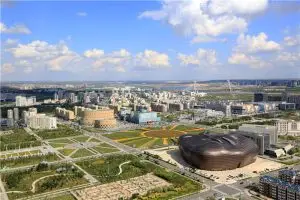
By 2010, Kangbashi’s design had outpaced its population. Streets were empty. Buildings were lit but uninhabited. This resulted in a surreal visual experience: a beautiful city with no life.
For visual artists and urban designers, this moment offers a metaphor:
- Design alone can’t bring vitality it needs human interaction.
- Ghost cities evoke feelings stillness, potential, abandonment that photographers and filmmakers often explore.
- The emotional aesthetic of emptiness can be a creative asset, inspiring everything from video backdrops to dystopian visual art.
Kangbashi as a Muse for Architectural Photography & Illustration

The empty grandeur of Kangbashi’s skyline became a global subject for:
- Architectural photographers capturing scale, contrast, and eerie silence
- Graphic designers turning aerial shots into minimalist posters or surreal collages
- Illustrators creating futuristic concept art inspired by its wide boulevards and space-age museum
One standout is the Ordos Museum, designed by MAD Architects a structure that resembles a metallic meteorite and stands out like a piece of sci-fi sculpture amidst a planned grid. It remains a symbol of form-forward architecture.
Urban Identity & Design Recovery

By the 2020s, Kangbashi was changing slowly being populated and reactivated. Schools opened. Markets buzzed. Parks welcomed families. Design elements intended for a million people began to find purpose.
This teaches creative professionals an important lesson:
- A city is not just buildings it’s human experience designed into space.
- Design transitions over time even a failed project can evolve into a visual and cultural landmark.
Today, Kangbashi is more than a warning it’s a design revival in progress, offering space for tourism, art, photography, and research.
Ghost Cities in Creative Practice

Kangbashi joins a global network of underpopulated cities (from Dubai’s abandoned islands to Spain’s empty suburbs), all of which offer:
- Visual exploration themes: urban silence, planned ambition, the contrast of vision vs. reality
- Inspiration for dystopian design, speculative architecture, and conceptual art
- Narratives for short films, visual essays, or augmented reality experiences
Conclusion
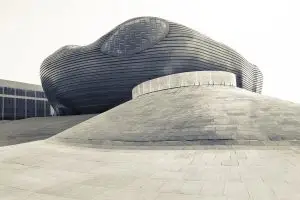
Kangbashi isn’t just a ghost city it’s a monument to design without borders. For creatives, it represents:
- The power and limits of architectural vision
- The aesthetics of silence and space
- The opportunity to reimagine abandoned beauty
Have you ever drawn inspiration from empty spaces or surreal urban environments? Share your thoughts below let’s reframe “ghost cities” through the lens of design.

